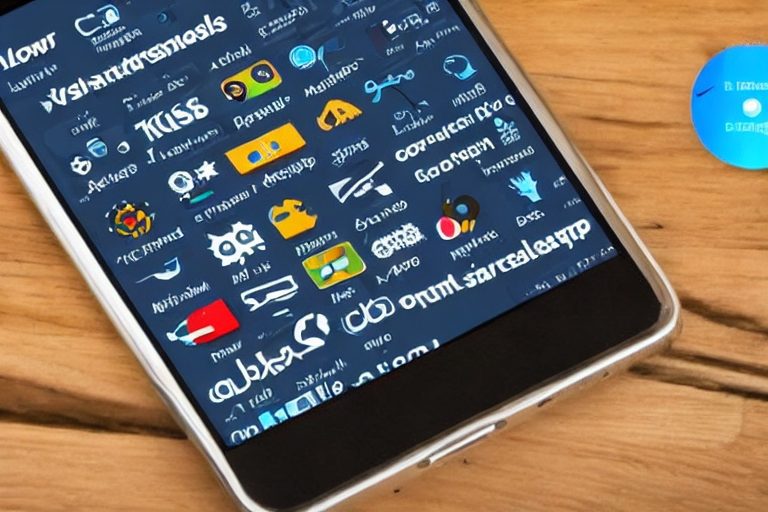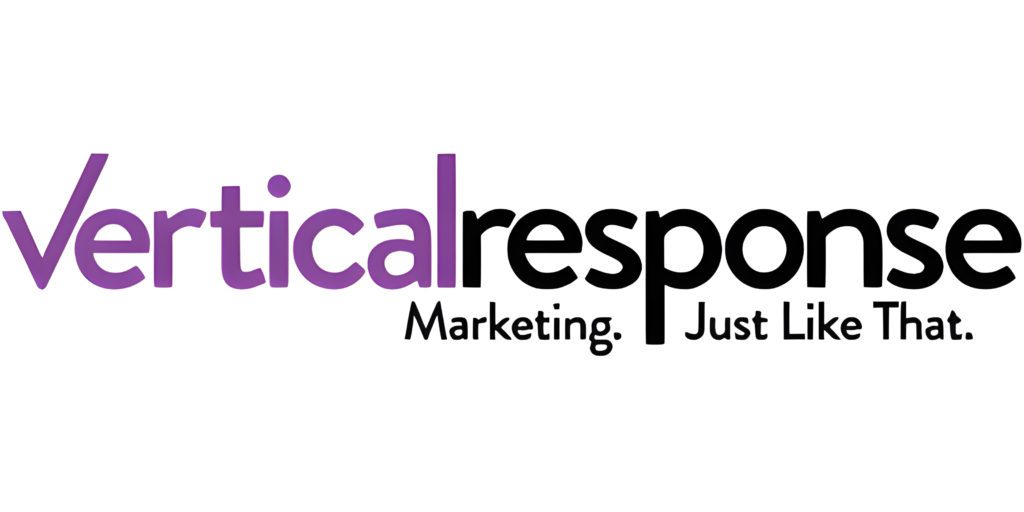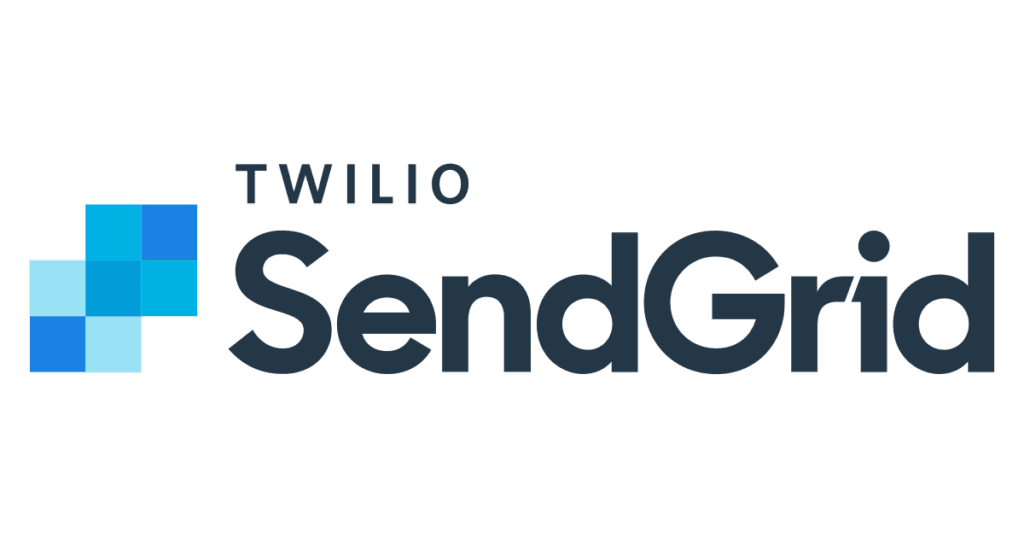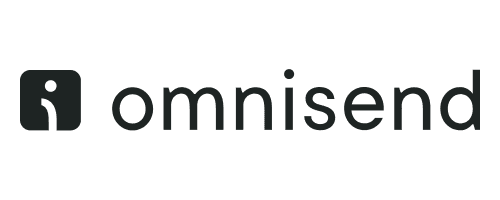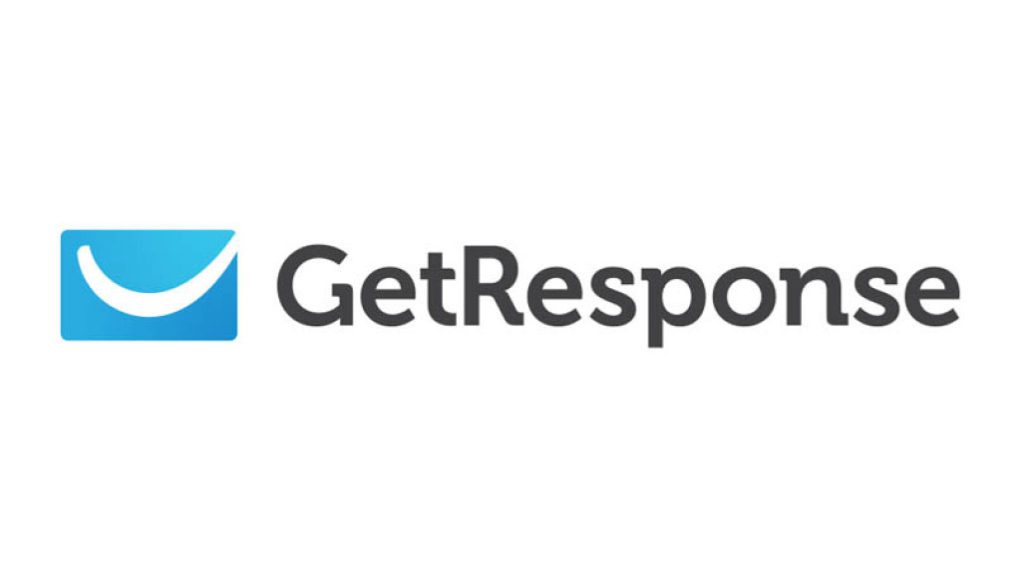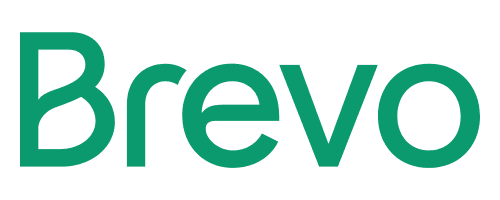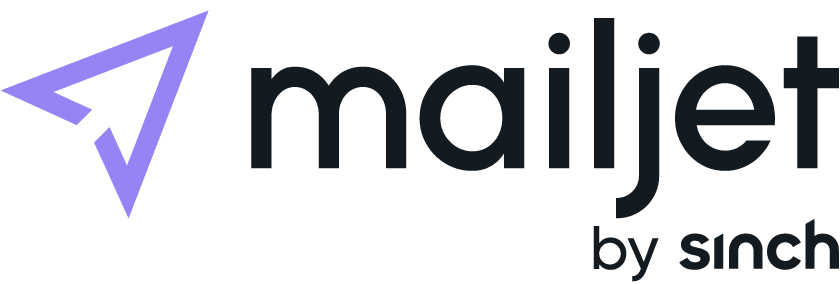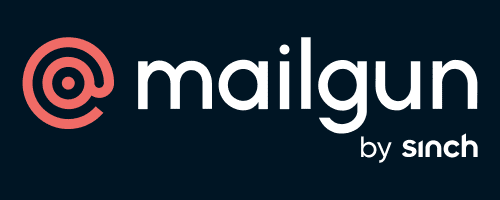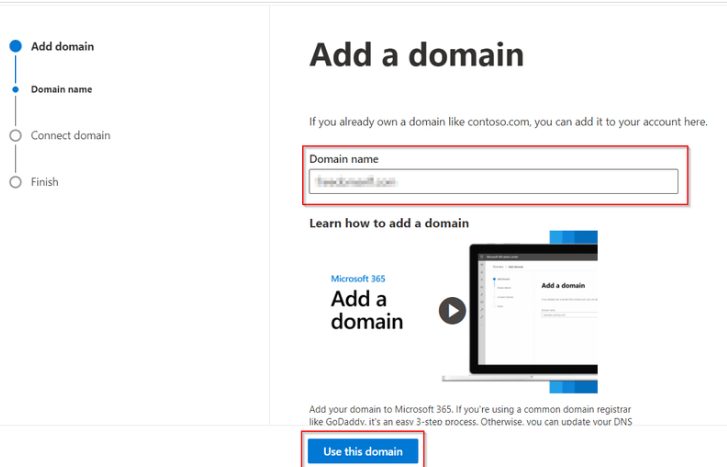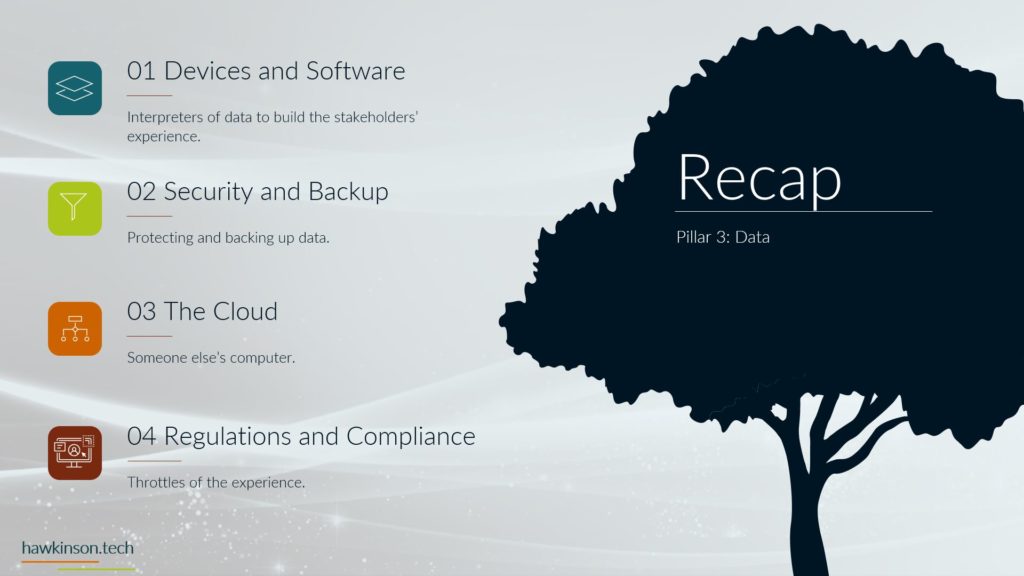Building a small business application can be difficult when you have to go through multiple sections of code for your software. However, creating a business application is made easier by using low-code app builders that can help you develop software with less code than traditional. These app builders are simple to use and offer user-friendly interfaces that simplify the entire process.
What Are Low-code App Builders
Before going into the best app builders, it is essential to understand what low-code app builders are. You most likely already know, which is why you are here for the list, but in case you don’t, we can tell you.
Low-code builders are application-creating tools used by programmers with little coding experience or businesses looking to quickly create an application. These builders feature easy drag-and-drop components, templates, design features, and a built-in library with pre-written codes.
Low-code app builders allow you to use templates and codes to create and design applications easily and without spending months. Moreover, these builders also offer easy deployment features to deploy your application onto any device or website.
Low-code applications offer businesses a quick and easy way to catch up in the innovation-demanding industry and compete with their rivals. These application builders can help business transformation and growth, increase ROI, build brand trust, and improve customer conversion rates.
Now that you understand what low-code app creators are and what they are used for, you can choose an app builder from our list below.
Top 7 Low-code App Builders
Below, we discuss the best low-code app builders so you can decide which one is perfect for you. Continue reading to find out more.
1. Zoho Creator
Zoho Creator is one of the first low-code app builders in the industry and offers a range of features, including a drag-and-drop builder for forms and pages. Moreover, the builder allows you to build attractive, attention-grabbing interfaces using different design elements. The designing process is made easier through the drag-and-drop features.
The drag-and-drop builder allows you to easily add code blocks to scripts, and Zoho Creator integrates a one-click deployment on your website or mobile. Furthermore, Zoho integrates more than 600 application that helps you optimize and build the perfect app.
Zoho Creator also lets you assess the app’s performance through real-time analytical data and reports. Zoho Creator is one of the best low-code app builders if you want to easily and quickly build applications with several external features. However, you must go through a learning curve for Zoho’s scripting language, Deluge.
2. Microsoft PowerApps
Microsoft offers one of the best low-code app builders in the market, Microsoft PowerApps. The builder allows you to build an application without much code. The drag-and-drop interface allows you to build apps with prebuilt coding blocks to make it easier.
Moreover, PowerApps uses several sources, including Excel, SQL, and OneDrive, to work with different forms of data. You can also create custom applications at an affordable price and share your applications with others.
The app builder also offers different ways to build apps, giving you greater control over the design. Microsoft PowerApps offers all the features you need to build low-code applications.
3. Mendix
Mendix is among the most popular low-code app builders for web and mobile applications that allow for quick building, designing, developing, and deploying business applications without using enormous amounts of code.
Mendix allows you o t design your application freely with minimum need for coding. Even if you have to code, Medix has a library of pre-coded sheets to configure code easily. Moreover, Medix also allows professional developers to use Java and Javascript for advanced customization features.
Mendix is among the best low-code builders if you build a code from scratch that allows you to use several apps while creating. Moreover, the integrated collaboration tools help your team to work on the application simultaneously.
4. Appian
Appian is one of the latest low-code app builders that allows you to build apps easily and without much code. The cloud-based app builder allows an organization to build apps faster than most. The builder allows non-technical users to create an excellent application without spending hours writing codes.
Moreover, Appian allows you to create applications deployed on any device or website with a click. Appian also features Prebuilt UI frameworks to make the process quicker and smoother.
The builder also offers performance monitoring and debugging capabilities to ensure that the application runs without interference. Overall, Appian is among the best app builders for developing businesses that wish to create apps without wiring long code scripts.
5. OutSystems
OutSystems is an AI-powered low-code app builder that combines a visual model-driven development workflow with low-code functions. Outsystem offers a range of uses, including custom building, improving apps, customization, and adding features through the easy drag-and-drop feature.
Found in 2001, OutSystems has become one of the go-to low-code app builders for creating apps. One of the key features of OutSystems is the in-app feedback that helps a team of developers to collaborate and solve problems. Moreover, OutSystems offers real-time analytics and reporting to give insights into the app’s performance. If that wasn’t enough, it also integrates a debugging engine that can solve problems in the code to ensure smooth workability.
OutSystems is a widely used app builder for developing-centric industries as it integrates DevOps automation, a leading coding practice, to deliver applications.
6. App Builder
The app builder is a low-code development tool that allows you to create applications from scratch and is one of the most popular low-code app builders for all kinds of businesses. Like OutSystems, App Builder automates processes using DevOps to allow for smooth transformation and design.
The drag-and-drop interface is simple to understand and allows users to design and create an application using the library of prebuilt components and flex templates. Moreover, the builder features an instant code preview feature that allows you to interact and check the running app to assess how it will look and work.
You can also use existing designs and sample apps to create your application to make the process faster and easier.
7. Anima
Anima is one of the most useful low-code app builders offering various programming functions and design features. Anima eliminates designer-development handoff and helps generate automated front-end code. Moreover, the builder features some of the most responsive high-fidelity prototypes to help you reduce errors during handoffs.
The app builder allows maximum design control by using a plugin connecting to Sketch, Figma, or Adobe CD design tools. Moreover, the single source of truth builder enables smart layers to allow for ease of coding.
You can preview how your application will look and work by using the quick preview option. Moreover, you can also add animations and hover effects to the application. Overall, Anima is among the best low-code app builders if you are looking for greater design features.
Bottom Line
Applications are a necessary step in today’s digital marketing and business industry. While these applications provide many benefits, building them can be complicated and time-consuming. Fortunately, you can use low-code app builders to help simplify the process and design applications for maximum performance.
After going through our list of the top 7 low-code app builders, you can choose one that works best. Each builder offers its benefits and features, and it is essential to assess them according to your needs.
